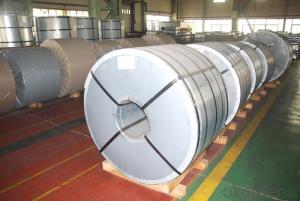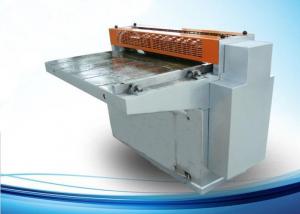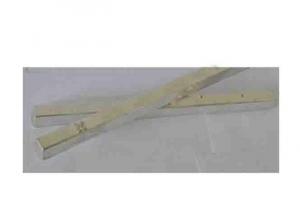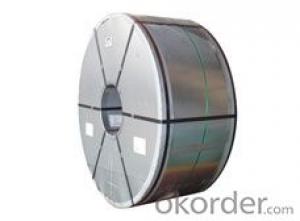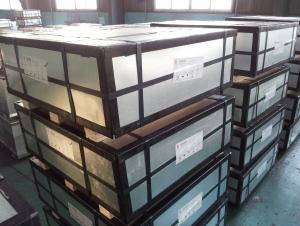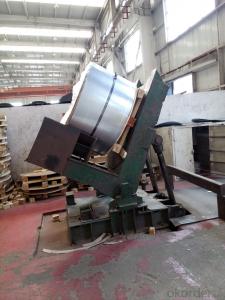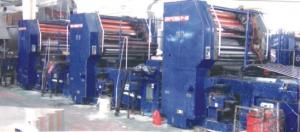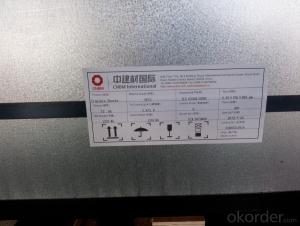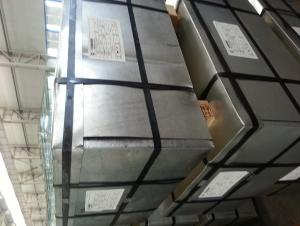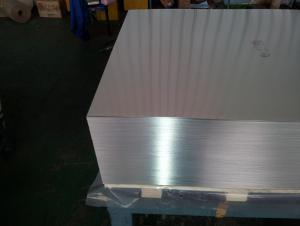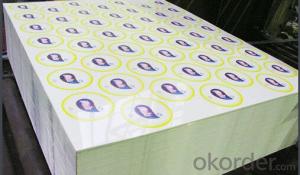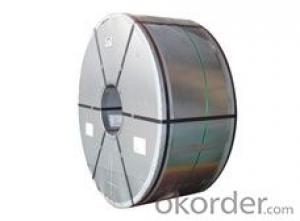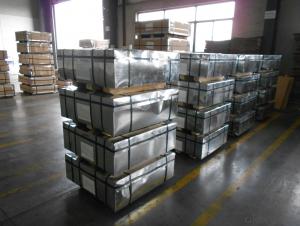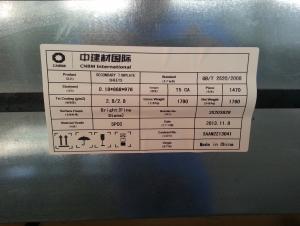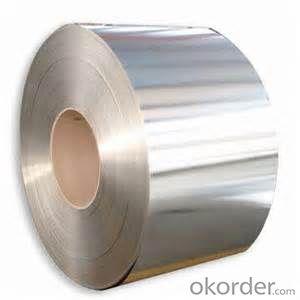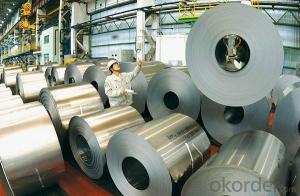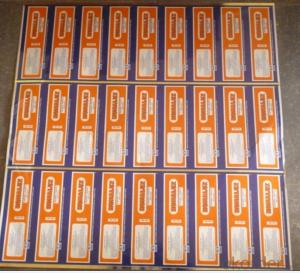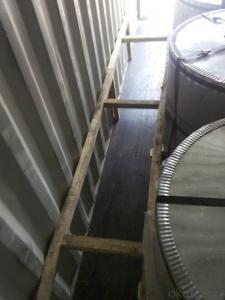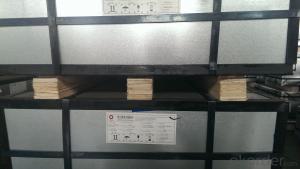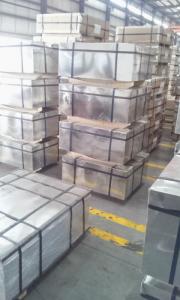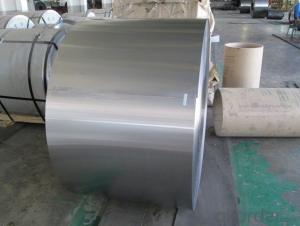Tinplate Times
Tinplate Times Related Searches
Tinplate Times Facebook Tinplate Company Tinplate Factory Tinplate Purchasing Corp Tinplate Market Tinplate Share Tinplate Service Center Tinplate Forum Tinplate Iron Tinplate Metal Tinplate Sheets Tinplate Mailbox Tinplate Hospital Tinplate Box Tinplate Studios Tinplate Projects Houston Tinplate Society Tinplate Future Tinplate Bucket Tinplate China Tinplate Can Printed Tinplate Tinplate Cover Tinplate Products Nse Tinplate Marx Tinplate Tinplate Printing Tinplate Coating Tinplate Products Ltd Tinplate PailsTinplate Times Supplier & Manufacturer from China
Tinplate Times encompasses a variety of tinplate products, including food cans, beverage cans, and aerosol cans, which are widely utilized in the packaging industry for preserving and protecting a diverse range of goods. These tinplate products are designed to maintain the freshness and quality of their contents while providing a durable and visually appealing packaging solution. They are commonly used in various sectors, such as food and beverage, pharmaceuticals, and cosmetics, where maintaining product integrity is crucial. Okorder.com stands as a prominent wholesale supplier of Tinplate Times products, boasting a vast inventory that caters to the needs of businesses across different industries. With their extensive range of tinplate items, Okorder.com ensures that customers have access to high-quality products at competitive prices, making them a reliable choice for businesses looking to source tinplate packaging solutions.Hot Products
